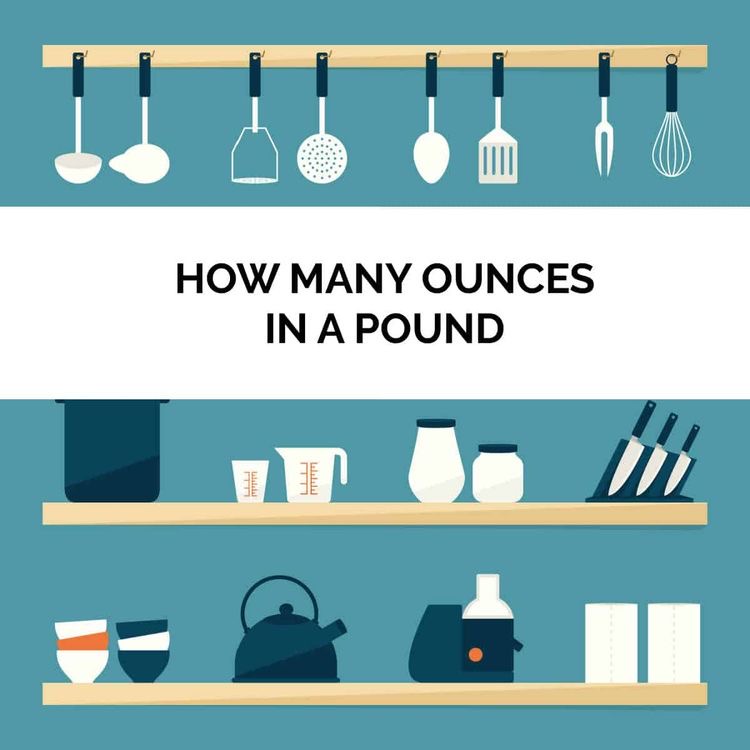Introduction
How many liters in a gallon is the one common conversion that frequently arises in our day to day lives. Understanding this conversion is important, especially for those who deal with fluid volumes regularly. In this article, we will explore the conversion between liters and gallons and shed light on its practical applications in various fields.

Table of Contents
What are Liters and Gallons?
Before diving into the conversion, let’s understand what liters and gallons actually represent. Both are units of volume measurement, but they belong to different measurement systems.
A liter is a metric unit of volume and is part of the International System of Units (SI). It is commonly used worldwide for measuring liquids and gases. One liter is equivalent to 1,000 milliliters.
On the other hand, a gallon is a unit of volume in the United States Customary System. There are two different types of gallons: the US gallon and the imperial gallon. In this article, we will focus on the US gallon, which is used in the United States and other countries like the Caribbean and some Latin American nations. One US gallon is approximately equal to 3.785 liters.
How Many Liters in a Gallon: The Conversion Factor
To convert liters to gallons and vice versa, we need to understand the conversion factor. As mentioned earlier, one US gallon is approximately equal to 3.785 liters.
Conversion factor: 1 US gallon ≈ 3.785 liters
Converting Liters to Gallons
To convert a volume from liters to gallons, you can use the following formula:
Number of Gallons=Number of litres/3.785
Let’s consider an example:
Example: Convert 15 liters to gallons
Number of Gallons=15/3.785=3.962
So, 15 liters is approximately equal to 3.962 gallons.
Converting Gallons to Liters
Conversely, to convert a volume from gallons to liters, use the formula:
Number of Liters=Number of Gallons×3.785
Let’s take an example:
Example: Convert 7 gallons to liters
Number of Liters=7×3.785≈26.498
So, 7 gallons are approximately equal to 26.498 liters.
Why is the Conversion Important?
The conversion between liters and gallons holds significant importance, especially in various practical scenarios. Understanding this conversion allows individuals to:
- Comparison Shopping: When purchasing beverages, cleaning agents, or any liquid products, understanding the volume in both liters and gallons helps in comparing prices and making cost-effective decisions.
- Recipe Adaptation: People who follow recipes from different regions might find measurements in liters or gallons. Knowing the conversion ensures accurate cooking and baking results.
- Fuel Efficiency: In countries where fuel is measured in liters, knowing the equivalent in gallons is crucial for calculating fuel efficiency and mileage.
- Travel Convenience: International travelers may encounter varying measurement units. Understanding the conversion helps them comprehend local product labels and measurements.
The Metric System vs. the US Customary System
The difference between liters and gallons is a classic example of the distinction between the metric system and the US customary system. While most countries use the metric system with liters as a standard unit of volume, the United States relies on gallons under its customary system.
The metric system offers many advantages, including ease of conversion between units, coherence, and international standardization.
Fluid Volume Measurement in Daily Life
Let’s explore how the conversion between liters and gallons plays a role in our everyday lives:
Cooking and Baking
Recipes from different parts of the world may use liters or gallons as the volume measurement unit. Cooks and bakers need to convert the volumes accurately to ensure their dishes’ success.
Automotive Industry
Car owners and mechanics must be familiar with the conversion for fuel efficiency and fluid capacity measurements. While some countries use liters for fuel, others use gallons.
Beverages and Bottled Water
Knowing the conversion is helpful when buying beverages or bottled water in bulk, as it enables consumers to understand the actual volume they are purchasing.
Gardening and Agriculture
In agriculture and gardening, the accurate measurement of fertilizers, pesticides, and irrigation water is vital for proper crop growth. The conversion between liters and gallons aids in this process.
Chemistry and Laboratory Work
Scientists, chemists, and lab technicians often work with precise fluid measurements. Understanding the conversion is crucial for their experiments and analyses.
Conversion for International Travelers
When traveling internationally, encountering different volume measurements can be confusing. Knowledge of the conversion between liters and gallons helps travelers make informed choices during their trips.
Challenges and Common Mistakes
While the conversion is relatively straightforward, there are some challenges and common mistakes to watch out for:
Rounding Errors
Rounding off conversion results can lead to inaccuracies, especially when dealing with significant volumes.
Misinterpreting Labels
Misinterpreting product labels due to unfamiliar measurement units can result in incorrect purchases or improper usage.
Mixing Different Measurement Systems
In regions where both liters and gallons are used, mixing up the units can lead to confusion and errors.
Online Tools and Mobile Apps for Conversion
In today’s digital age, various online tools and mobile apps can help with volume conversions. These tools make the process quick and hassle-free.
Historical Context: The Origins of Gallons and Liters
Understanding the historical context behind the creation of gallons and liters gives us insights into the development of measurement systems.
The Importance of Standardization
Standardization of measurement units is essential for global trade, scientific research, and seamless international communication.
The Future of Measurement Units
As the world becomes more interconnected, the push for standardized measurement systems and conversions is likely to increase.
Conclusion
In conclusion, knowing how many liters are in a gallon and vice versa is crucial for everyday life, international travel, and various industries. Whether you’re a cook, a traveler, or an engineer, understanding this conversion empowers you to make informed decisions and navigate through a globalized world with ease.
FAQs
- What is the exact conversion rate between liters and US gallons? The exact conversion rate is 1 US gallon ≈ 3.785 liters.
- Is the gallon used in the UK the same as the US gallon? No, the UK gallon, also known as the imperial gallon, is slightly larger than the US gallon. One UK gallon is approximately equal to 4.546 liters.
- Can I use liters and gallons interchangeably? While it’s best to stick to one measurement system consistently, you can convert between liters and gallons whenever needed.
- Are there any mobile apps that can help with volume conversions? Yes, numerous mobile apps are available for volume conversions, making it convenient for users to convert on the go.
- Do other countries use liters and gallons too? Some countries use liters, while others use gallons. The choice of measurement system varies globally.
Share this content:








